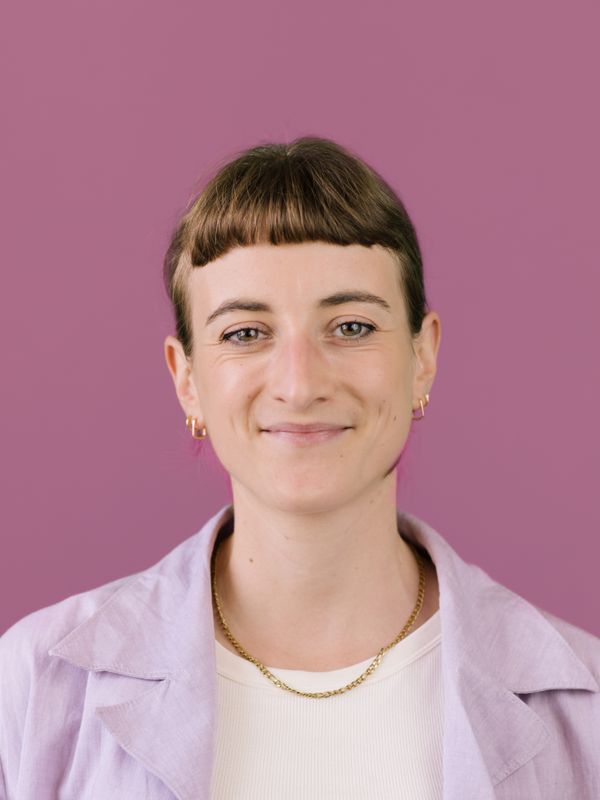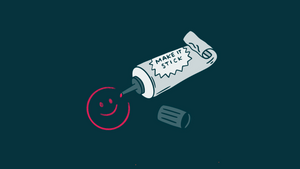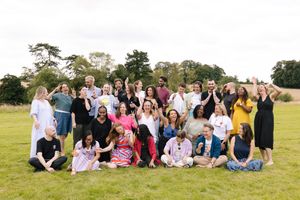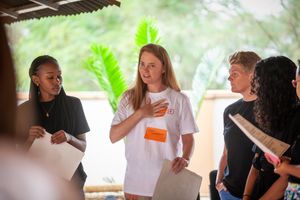
And Brink’s framework for doing so yourself
‘I like the word ‘collective’. It can mean people or objects, or describe action; it can be an adjective (collectively) or a noun (a collective). It also does what it says on the tin — anything ‘collective’ means ‘together’, there is no alone in collective, but a sense of power, possibility and action, and we’re all about power, possibility and action at Brink.
Collective’ the word comes from late Middle English and means ‘representing many individuals’. The Oxford Dictionary describes collective as:
Done by people acting as a group: “a collective protest”
Relating to or shared by all the members of a group: “ministers who share collective responsibility”
Taken as a whole; aggregate: “the collective power of the workforce”
At the heart of all these examples is the potential for change by a group of people with a shared identity and purpose.
At Brink we believe in the power of the collective as a lever for change, which is why it is one of our practice areas. And by practice we really mean just that — we are growing our ‘Collectives building’ muscle through doing, learning, codifying and sharing.
Collectives to us look like convening people who are frustrated by inequality in the world, harnessing their collective energy, expertise and shared identity to drive forward positive change.
These individuals might be:
- Social entrepreneurs building technology to save lives in conflict settings
- Policy officials designing ways to encourage innovation to flourish in the places struggling with gnarly problems,
- A network of city mayors, moving African cities towards change using digital technologies
To support these individuals to connect, learn and act, we design mechanisms that facilitate peer to peer learning and collaboration, and support them as collectives to recognise and leverage collective intelligence and power.
The results are multiple. We are busy convening a flourishing community of practice for ed-tech entrepreneurs, a network for finding collaborators and action groups in the humanitarian sector, and spaces for government employees to learn and connect to explore the potential of frontier technology to solve global social challenges. Whilst these groups have commonality in coming together, they are different too. Each serves a different purpose: collectives are as diverse and unique as the people within them.
Whilst diverse, we’ve noticed patterns in the kinds of activities people naturally come together to do as a collective, and the context in which they do them. Through synthesising our work and learning from the work of experts such as Brad Feld, Casper ter Kuile, Bailey, Kevin and Kai from People Company, and Rosie Sherry, we have designed a framework to help us structure and harness this wisdom, and we hope it might help you too.
Introducing the Collectives Framework
This is a tool that helps us to discover the collective potential of a group with a shared social purpose, interest or goal.
There are three ways that we see the ‘collective’ providing value to people and social problems. We call these Collective Activities:
✨Collective Learning — Bringing people together to learn from one another. What are the challenges on paths of change that can be supported from learning from someone else’s journey and knowledge or realising that someone else has experienced or overcome a challenge you are facing?
🌴Collective Intelligence -Bringing people together to make sense of their collective wisdom, experience and knowledge. What are the realisations and truths that appear when we make sense of and codify / share / collate the often invisible abundance of diverse knowledge and expertise within a collective?
💪Collective Action — Bringing people together to make change happen. What becomes possible when a group of people identify a shared goal and leverage their unique skills and interest to move towards it?

Collectives (of any type) act within a system. We’ve found it helpful to identify how the collective relates to parts of the system. This enables us to prioritise areas of opportunity and value to the group & shared problem or vision.
💛 Community — a close knit group that lean upon one another, and work closely together on a journey of learning, development or change. In our work our communities are often cohorts of changemakers like policy makers and social entrepreneurs.
🌍 Network — The periphery of supporters/stakeholders. This might be a group of actors, organisations, individuals who can provide an ecosystem of support and partnerships to changemakers.
🌐 Sector/system — the wider system. Often for us, this is a global one such as the edtech sector or the humanitarian sector. Of course you may refer to a different sector or system such as a national health sector or the international climate system
So far, this framework has helped us at Brink to:
- Audit the ASToN Network that we facilitate, and spot new opportunities that convene the network in a more focused and meaningful way
- Create a growth strategy for our EdTech entrepreneur community
- Expand the community and network focused offer for our Humanitarian Grand Challenge Community of innovators working for Conflict Affected Communities
We have made a v.1 of our canvas open source because we believe that if it works in such diverse ways for us, it might do for others too; whether you’re thinking about bringing collective thinking into your work, or its already blossoming.
You could use the canvas to bring stakeholders together and plan how to harness the potential of the collective to meet the goals of your social business, initiative or programme. Or, if you think the collectives are missing from your work, you could use this canvas to sketch out the case for how spending time convening a collective could supercharge progress towards the social goal you care about. Or perhaps your collective activities are in full flow but you feel like something isn’t working so well, this canvas could help you identify tangible opportunities for better harnessing the collective activity you already facilitate.
So, what next?
⬇️ Download a PDF of the canvas here.
🐦 Tweet us a picture of you using it.
📩 Drop me an email at [email protected] to tell us how it has supported your work, and how it can be improved.
